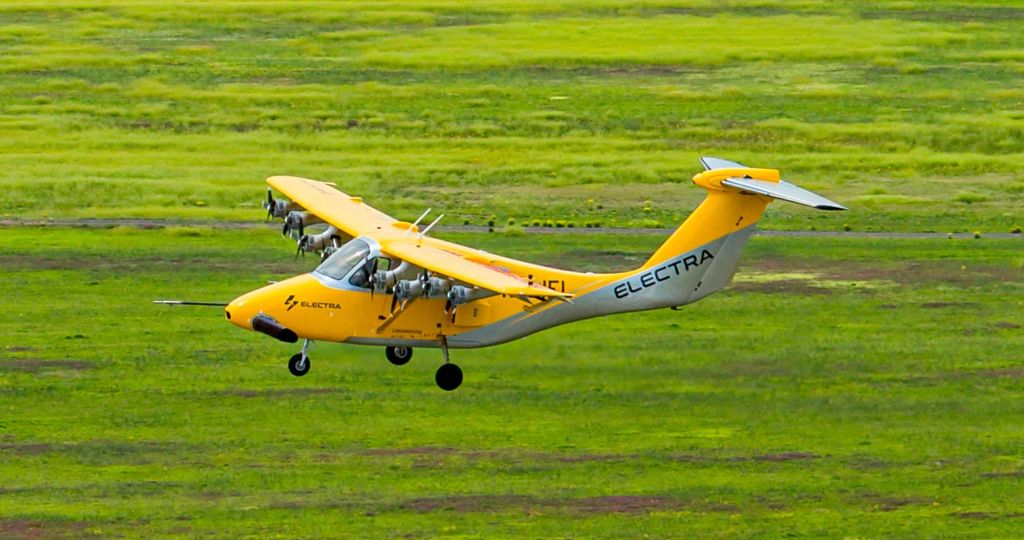The Naval Air Systems Command awarded Electra.aero, Inc. a contract to study how it might use the company’s hybrid-electric electric short takeoff and landing (eSTOL) aircraft for logistics in a contested environment, the company said Wednesday.
Electra said this contract covers a study for the company to work with the Navy where they will define specific contest logistics use cases and conduct a conceptual design study to evaluate how Electra eSTOLs can fit Navy capability gaps.
The company underscored how the aircraft is being explored for contested logistics, when personnel or supplies need to be moved to areas that are challenging to reach or support.
Electra’s Director of Technology and Innovation Ben Marchionna noted the Navy becoming a customer comes after the company has previously started working with the Air Force and Army.
“Electra’s eSTOL has all the right technology-enabled capabilities to help the Navy address next-generation aviation logistics challenges. With our differentiated combination of hybrid-electric propulsion and a blown fixed wing, we can offer Pacific theater-relevant payloads and ranges, and the ability to operate from rough soccer field-sized spaces as well as many naval vessels and adjacent assets, all from day one,” Marchionna said in a statement.
He added that beyond standard tactical logistics cases, the company sees the aircraft as a potential “enabler” for uses like expeditionary power generation, mesh networking and as a node for Joint All-Domain Command and Control (JADC2).
“These are all game changers for force modernization initiatives within the Navy and Marine Corps,” he added.
The company’s website markets the eSTOL aircraft as designed to fill a transportation gap between 50-500 miles and is able to carry up to nine passengers with 50-pound bags each at a cruising speed of 200 miles per hour. The aircraft only requires a 300- by 100-foot takeoff and landing area.
A version of this story originally appeared in affiliate publication Defense Daily.
